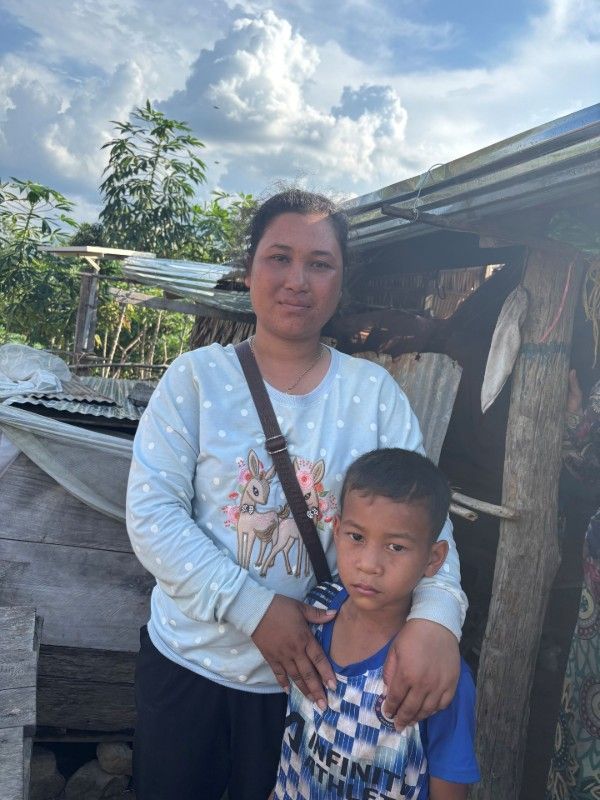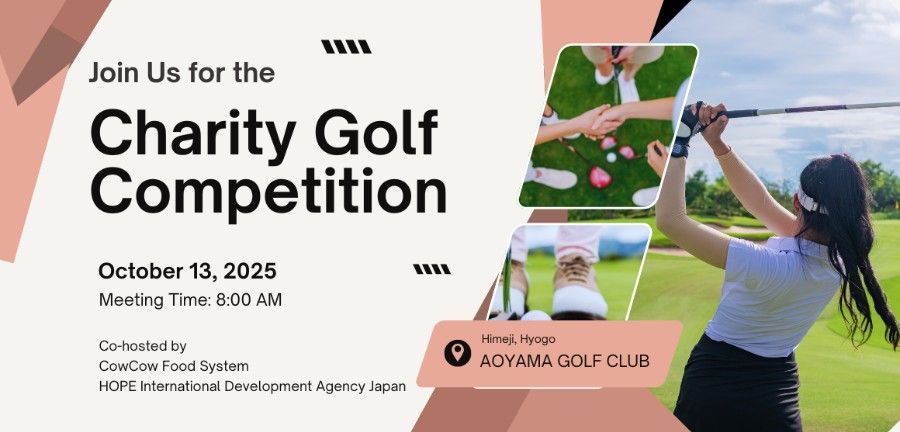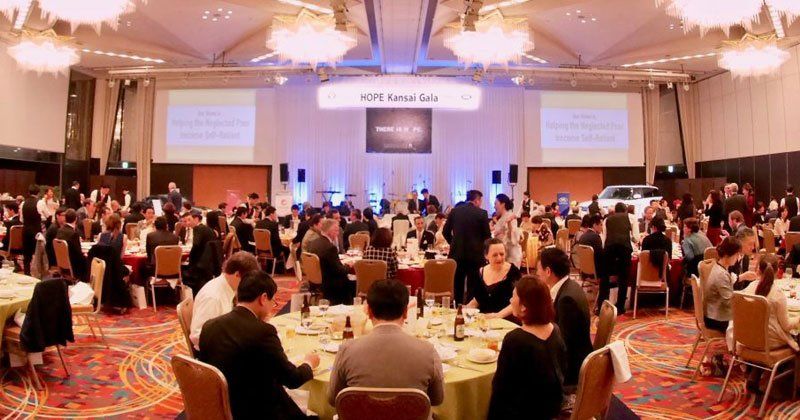Cambodia Project Report: Changes on the ground and forms of support
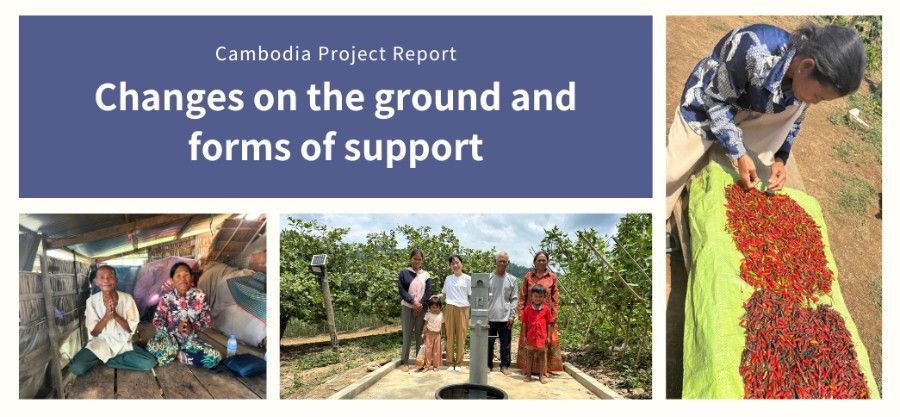
Present Cambodia: Cities and Everyday Life
From late March to early April 2025, I visited Veal Veng District in Pursat Province, Cambodia, to conduct a field survey for the Integrated Community Development Project. Last year, I also visited HOPE Japan's project site in Ethiopia, and this visit to Cambodia allowed me to observe the similarities and differences between the two countries.
Cambodia's capital, Phnom Penh, is urbanized like Addis Ababa in Ethiopia, and the roads are crammed with cars in the mornings and evenings. To get around, you can hail a tuk-tuk via a smartphone app and pay by credit card, so there is little concern about having to communicate in the local language.

Phnom Penh
I was also informed that the Chinese government is supporting the development of infrastructure in both Cambodia and Ethiopia, such as the building of new airports and roads. In Cambodia, there are Japanese restaurants such as Marukame Seimen, which I had not seen in Ethiopia, and other Japanese NGOs are also active in our project area, which made me feel that Cambodia has a deeper connection with Japan than Ethiopia.
Amongst my observations, there are two things that particularly impressed me. Firstly, many Cambodians, from businessmen to food stall owners, were using smartphones. People were using delivery services, paying via barcodes, and even enjoying social media in their spare time. Although countries and regions differ, the way people live in modern society is similar.
Secondly, in Phnom Penh, it is possible to pay in US dollars, and you can get change in both US dollars and Cambodian riel (KHR). The shopkeepers were also accustomed to converting between dollars and riel, and I was impressed by how they were able to instantly calculate and handle money transactions.
Regions and project sites undergoing change
Our project site is located about six hours by car from Phnom Penh, near the border with Thailand. It can be accessed via a road that was built with the assistance from the Japanese and Chinese governments, and this road has gradually begun to change the way people live in the area.
The landscape was a mix between modern technology, such as the widespread use of mobile phones and electricity, and traditional ways of life. There were also signs of tourism, with newly built lodges and many foreign tourists visiting the countryside in search of nature.
For example, there was a fruit stand in the parking lot of the restaurant where I had breakfast during my stay. The lady who ran the stall, who cheerfully greeted me every day, took photos with her customers and posted them on social media, and this use of technology was expanding the scope of her business. A cafe had also been built, and I felt the growing expectations for development in this part of Cambodia.
On the other hand, at the project site in Dei Kraw Horm Village, about 30 minutes away from my hotel, the disparity in living standards was stark. Even within the same village, some families use Japanese tractors and live relatively well, while others do all their farm work by hand. The harsh conditions of the people known as the 'relatively poor', whose lives are tougher than those around them, were noticeable.
I first paid a visit to a family for whom HOPE had built a well three months ago. Clean water gushed out of the well, and the children were happily drinking the water. This well water is not only used for drinking, but also for watering their vegetable garden and plays an important role in supporting the family’s day to day lives.
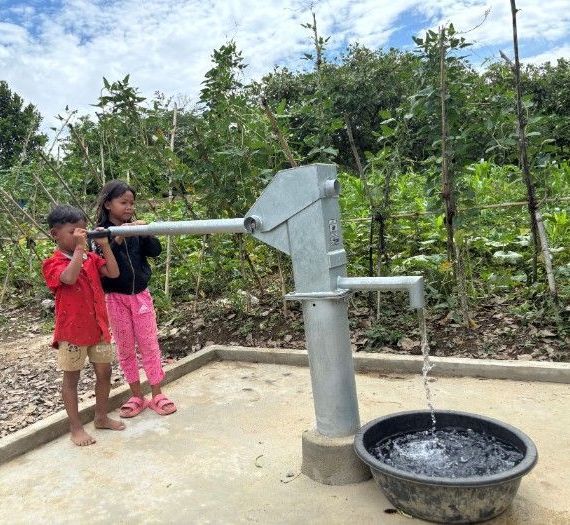
A newly installed well
HOPE also provides support in the form of agricultural training, agricultural equipment, and seeds. The families who are beneficiaries of our project were selling the vegetables they grew at home along the national highway, which generated cash income. It certainly felt like aid interventions that are firmly rooted in people's lives are bringing about tangible changes.
HOPE is also working to improve sanitation in addition to providing access to clean water and improving livelihoods, by providing $200 per family to discourage open defecation and promoting the building of household toilets. I used these toilets, and I realized once again that having clean, private toilets not only protects health, but also leads to peace of mind and dignity.
When I asked the children what kind of water they drank before HOPE's intervention, they told me, "We fetched muddy water from a place about a five-minute walk away and drank only the clear water that settled." It was heartbreaking for me as a mother to imagine that they were living in such conditions just a few months ago. They also told me that in another household, there was no toilet, and the child was prone to stomach problems, and that the mother was very afraid to go into the bushes at night.
In my interviews, I heard many words that made me realize the changes in the local community’s lives, such as:
- "Our lives have changed dramatically."
- "We can now use a lot of clean water."
- "We can now eat three meals a day."
- "We have become healthier."
- "We can now sell vegetables."
- "Our income has increased."
I would like to know how these words might have changed the next time I visit this area. I hope that with HOPE's continued aid, their lives will improve even further.
How to measure the impact of our work
To assess the impact of our current project, we visited households that already had wells built and started home gardening (intervention group) and households that are yet to get wells built with HOPE's support (non-intervention group), and conducted not only interviews to uncover the changes in their lives but we also collected numerical data (quantitative surveys). Our purpose was to evaluate the changes in household finances as a result of HOPE’s intervention.
In general, through household finance surveys, it is easier to gather accurate figures about expenses than income, so ‘expenditure data’ is considered to be reliable for determining the state of household finances. With the intervention group, within just three months after the well was built, daily expenditures had increased to about seven times that of the non-intervention group (3,378 KHR vs. 471 KHR). This shows that the scope of their lives has expanded, through the selling of vegetables cultivated with well water.
However, it was also revealed that even the beneficiary households are still in serious poverty, well below the poverty line set by the World Bank (US$2.15 per day, which is about 8,000 KHR). In addition to this monetary data, we also looked at the quality of life using the United Nations Development Programm (UNDP) Multidimensional Poverty Index (MPI). The MPI evaluates 10 indicators including health, education, and standard of living. As a result of the survey, the non-intervention group was judged to be in ‘severe poverty,’ while about 90% of the intervention group was judged to be ‘not poor.’ This means that even within just three months of receiving support from HOPE, there was a significant improvement in their overall lives.
In this way, the assessment of poverty changes depending on which index is used. If we look only at income and expenditure, the families would be labelled as ‘poor’, but with the MPI, they would be rated as 'not poor'. In other words, how we perceive poverty is very important. Both indicators are meaningful, and each has its own strengths. With a proper understanding of this, we would like to incorporate both indicators in this project to evaluate the impact of our work from multiple angles.
Currently, there are plans to build a total of 17 wells in Dei Kraw Horm Village, of which seven have already been completed. In the future, we plan to introduce an animal bank that will lend out cows for farm work, and microfinance, which provides access to small loans to women to generate income. As for these aid programs, we will continue to track changes both through numerical data and through interviews, and provide accurate information to our sponsors, and as a project manager, I will place great importance on ensuring accountability.
What It Means to Walk with Local Communities
Kim Phealy (Ly), the head of HOPE Cambodia, our local partner who assisted us with this survey, lost her family during the Khmer Rouge regime (1975-1979). I was touched by her attitude of turning that pain into strength and working closely with the local community for over 30 years.
"I want to lend a hand to every single person who does not have food," Ms. Ly said. She does not reveal her title and position when visiting the communities but assumes the role of an interpreter and interacts with the locals on the same level. I felt that it is because of this attitude that aid rooted in the community has been successful. This feeling is not only shared by Ms. Ly, but also by the people in the village. For example, you could really sense this from the way the neighbors routinely support the family of a man who lost his leg to a landmine, saying, "It's because we have overcome difficult times together."
On the other hand, many children do not know about the Khmer Rouge era, and how to convey the past to the next generation is a major issue in Cambodia's educational system. Currently, local schools mainly teach math and Japanese, while other subjects are ignored. Due to a lack of facilities and teachers, classes are divided into morning and afternoon shifts. The government is aware of the state of education and is currently considering ways to reform the curriculum.
I was also impressed by my interaction with Jana (30 years old), a young leader of the local neighborhood association. We visited the home of an elderly couple who did not have a well. They had lost their three-year-old grandson just one month earlier and had buried him in their garden.
Jana quietly told me about the difficult life of the elderly couple. There were times when she was choked up and in tears because they were doing all they could to help them, even though they were struggling to even get food. I was touched by her.
It is not easy to help people living in poverty. Through this experience, I was reminded of the importance of continuing to support local communities.
Looking ahead to the future of aid
"Even if we help in the moment, we can't provide help forever" - we often face such challenges in the field of aid. The desire to help and the frustration of not knowing what to do always weighs on my heart.
Our work aims to show the path to escape poverty and support local communities to become self-reliant. Clean water has a great power to connect lives and change lives. Our work starts with clean water, leading to improved hygiene and sanitation, increased incomes, better education, and hope for the future.
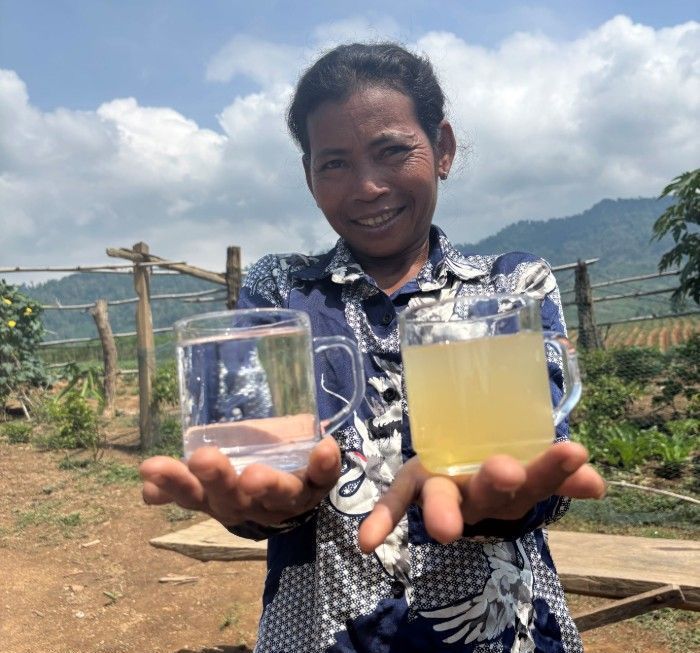
Well water (left) and previously used water (right)
Please continue to support these neglected communities so that they can move forward on their own.

